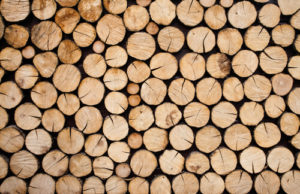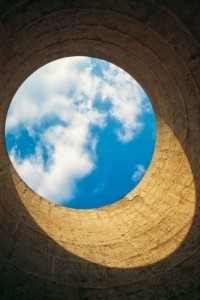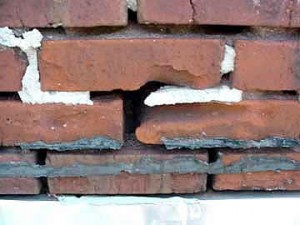Operating Your Fireplace this Autumn
October for many simply means new decorations, Halloween parties, and pumpkin spice treats. For some, though, it is time to think about your fireplace. When you’re ready to light your first fire of the season, you want to know your chimney is ready, and that your fire will be safe and warm.
A Fire-Ready Fireplace
Both the National Fire Protection Association (NFPA) and the Chimney Safety Institute of America (CSIA) recommends routine maintenance for a safe and efficient fire. You may schedule annual chimney inspections and base your chimney sweeps on your inspector’s recommendations. You may schedule your sweep for spring, and your inspection for fall. Maybe you just want to do them both together, and that is fine, too. The important thing is that your chimney is safe and has been assessed by a certified chimney sweep before burn season.
Preparing for Winter
Your chimney may be in good shape, but you’d like some added protection. You can schedule waterproofing services with Chief Chimney Services before winter. This vapor-soluble sealant keeps water molecules out, while allowing gases to escape.
Proper Fuel Store
When you have a wood-burning fireplace, insert, or stove, you should have a supply of properly seasoned wood to burn in your fire. Burning green/fresh wood or any other material including trash and cloth, it can burn incompletely, increasing the smoke, creosote, and pollution produced by your fire. Burning seasoned wood will decrease the amount of wood you have to burn during one season, saving you in resources and utilities. You will also need chimney sweep services less often when you have an efficient fire, saving you money in maintenance and repairs.
Fireplace Safety
Burn season is long, and during cold weather, families often spend an increased time indoors. Additionally, through fall and winter there are many reasons to have guests and host get-togethers, and it’s important that everyone stays safe.
- Never leave children unattended with a fire. You can add a barrier by installing a screen or custom glass doors.
- Keep the damper open while the fire is burning to allow the smoke, gas, and particulate pollution up the flue.
- Keep decorations, furniture, and drapes away from the hearth.
- Use only proper fireplace tools and accessories when stirring the fire or adjusting logs. For added protection, use leather gloves to prevent burns.
- Check the batteries in your smoke and carbon monoxide detectors. If you do not have these installed, do so before lighting a fire.
- Plan a fire escape with your family and make sure to practice at least monthly so that everyone knows how to best leave the house during a fire.
- Keep a first aid kit and fire extinguisher in the house. First aid kits should only be used for minor injuries, not to replace emergency care. A fire extinguisher should be used only to escape or to put out a small fire, not to attempt to put out a house fire.
When Autumn arrives in full swing, you won’t want to wait to light your fire. Make sure it’s safe so it’s ready when you are.









